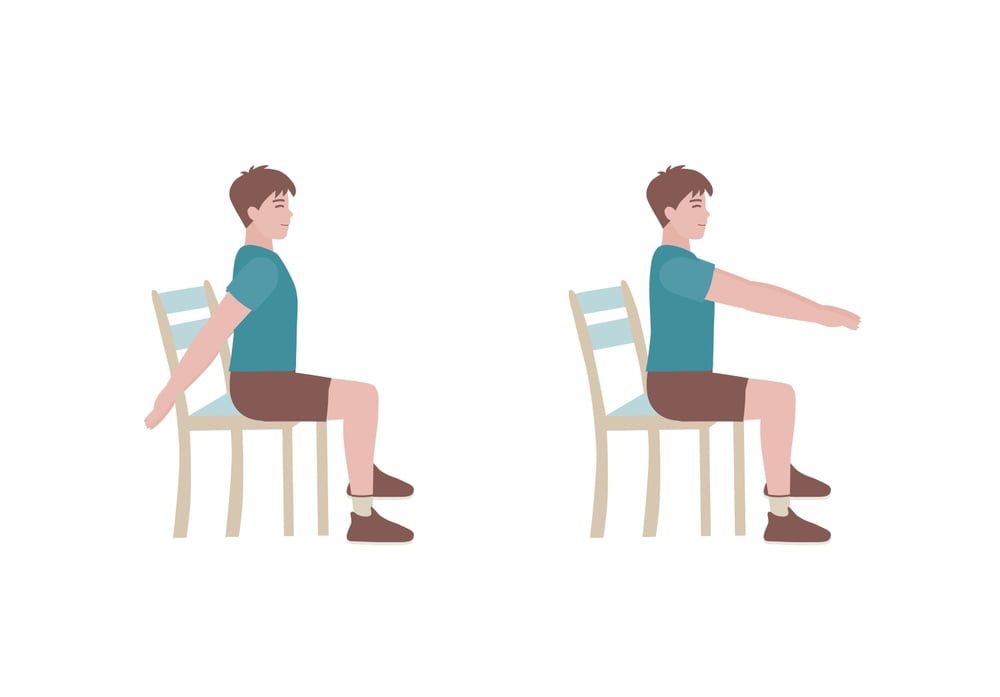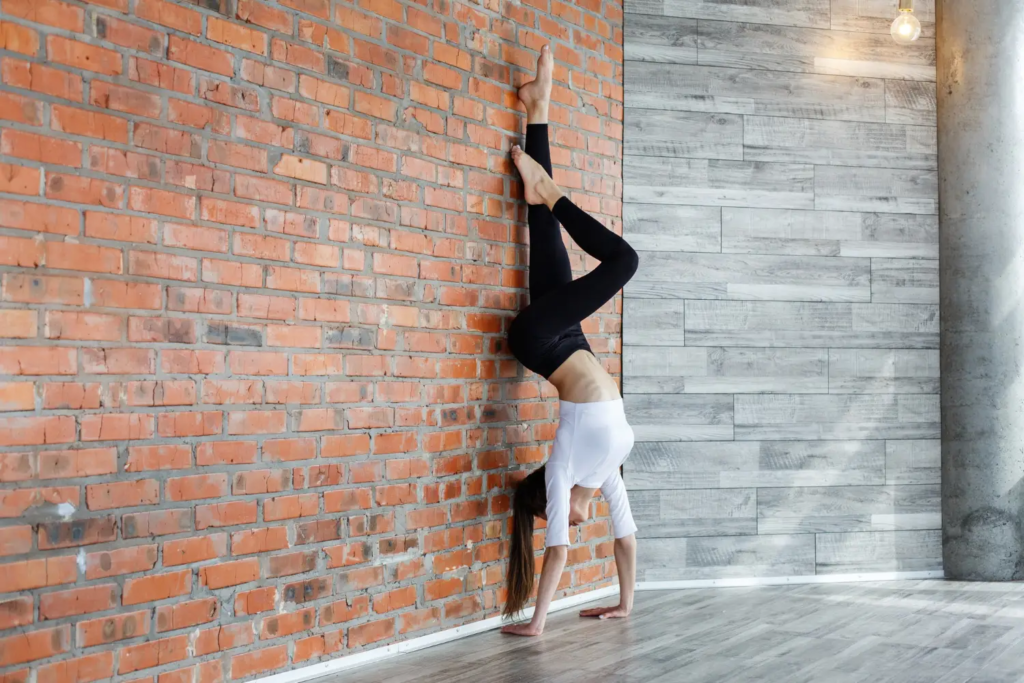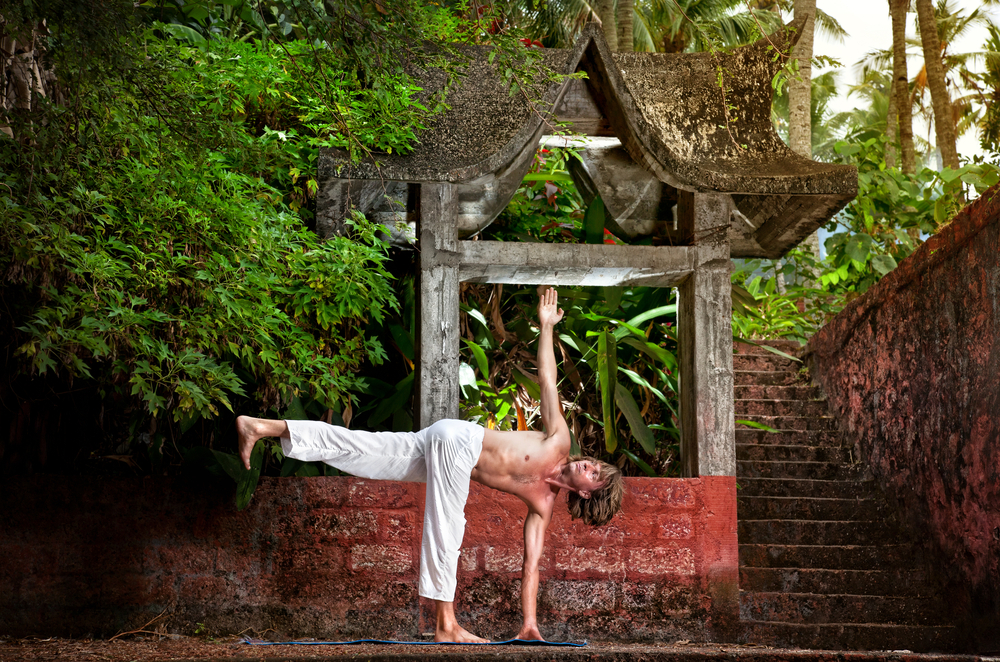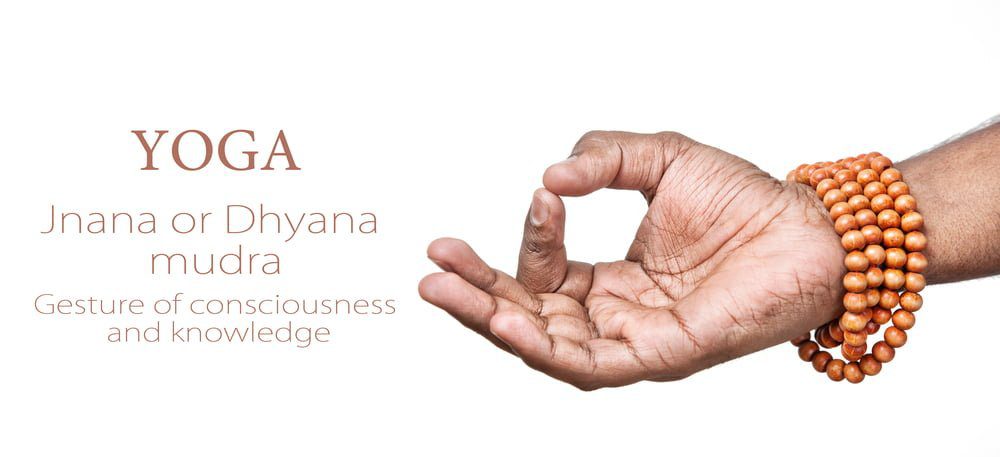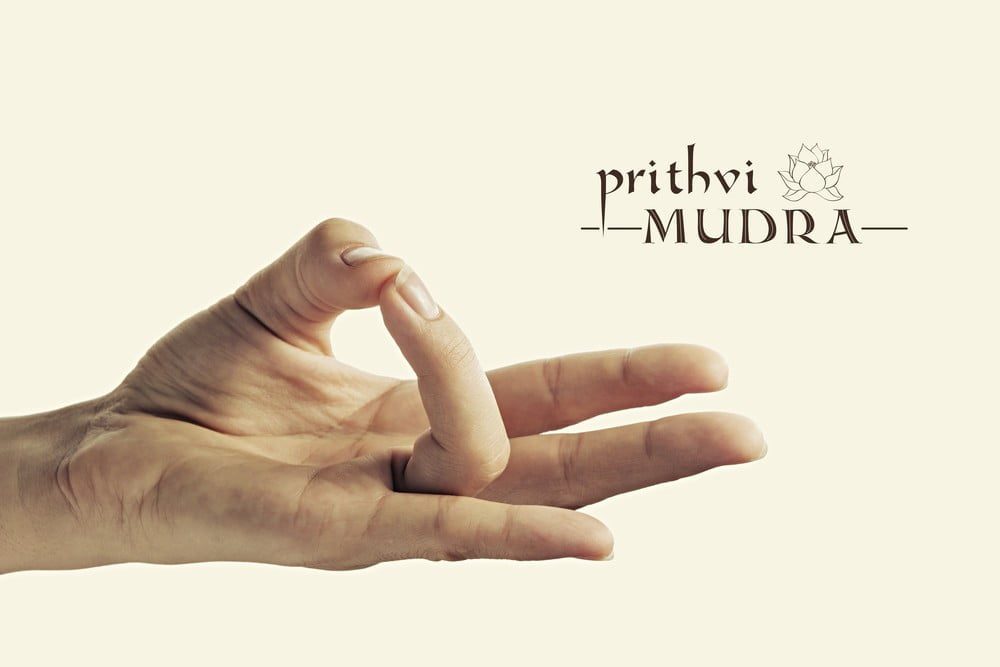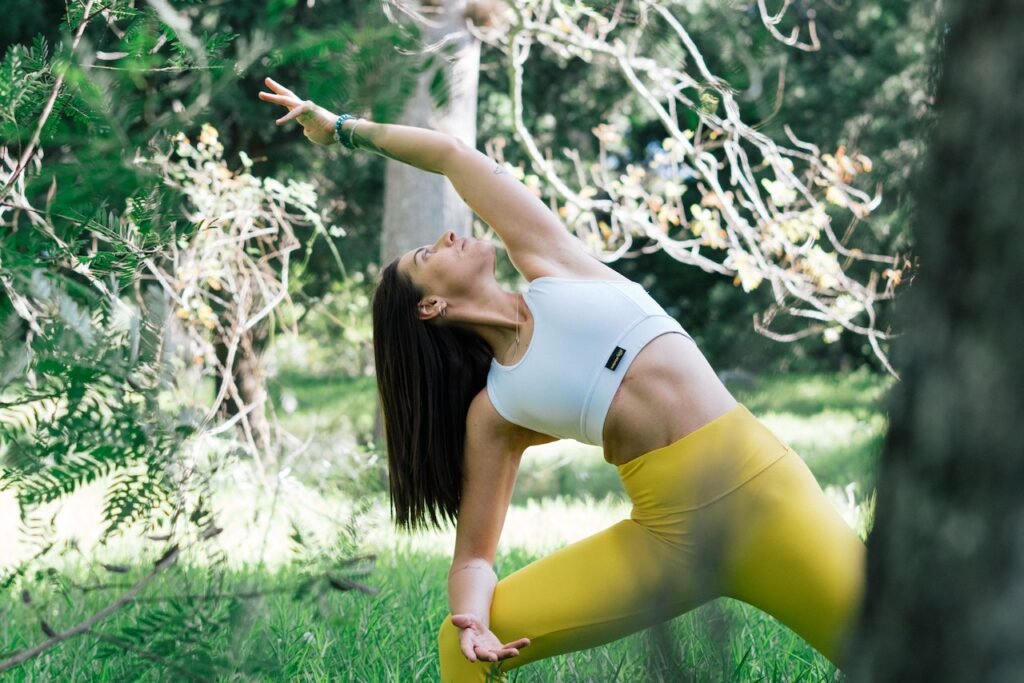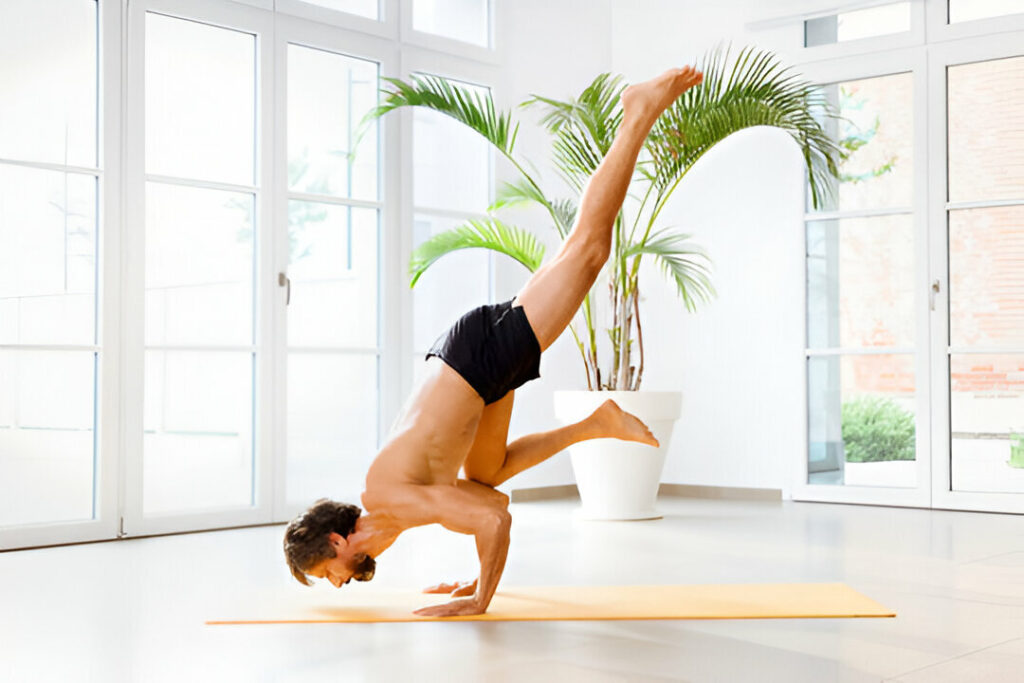Tree pose, or Vrikshasana in Sanskrit, is a popular standing yoga pose that mimics the strong and graceful stance of a tree. It involves standing on one leg, with the other leg bent and the foot placed on the inner thigh or calf of the standing leg. While the traditional tree pose offers numerous benefits, there are also variations of this pose that provide even more incredible advantages for the mind, body, and spirit.
These variations not only challenge our balance and stability but also enhance our strength, flexibility, and concentration. In this article, we will explore some of the tree pose variations and delve into their amazing benefits that can be experienced through regular practice. Whether you are a yoga enthusiast or a beginner, these variations will surely elevate your practice and help you reap the rewards of this beautiful and empowering pose.
How to do Tree Pose?
To perform Tree pose correctly, follow these steps:
- Begin by standing tall with your feet hip-width apart and your arms relaxed by your sides.
- Shift your weight onto your left foot, rooting it firmly into the ground.
- Slowly lift your right foot off the ground and bend your knee, placing the sole of your foot against your left inner thigh or calf. Avoid placing it directly against the knee joint.
- Once you find your balance, bring your hands together at your chest in a prayer position, or extend them overhead with your palms facing each other.
- Find a steady gaze point in front of you to help maintain your balance.
- Engage your core muscles, lengthen your spine, and relax your shoulders away from your ears.
- Hold this position for 30 seconds to 1 minute, breathing deeply and maintaining focus.
- To release the pose, slowly lower your right foot back to the ground and return to a standing position.
Benefits of Practicing Tree Pose.
1. Improved Balance.
Tree pose strengthens the muscles in your feet, ankles, and legs, which enhances your overall balance. Regular practice can help prevent falls and injuries in daily life.
2. Increased Focus and Concentration.
Maintaining balance in Tree pose requires concentration and mental focus. This pose helps calm the mind and improves concentration, making it a great exercise for those struggling with scattered thoughts or lack of focus.
3. Enhanced Posture.
By aligning the spine and engaging the core muscles. Tree pose helps improve posture and strengthens the muscles of the back and abdomen. Regular practice can alleviate back pain and promote a healthy, upright posture.
4. Strengthened Legs and Feet.
Balancing on one leg in Tree pose activates and strengthens the muscles in the legs and feet, including the calves, quadriceps, and glutes. This increased strength can improve stability and support in various physical activities.
5. Increased Flexibility.
The pose stretches the hips, groin, and inner thighs, improving overall flexibility. It also opens up the chest and shoulders, counteracting the effects of poor posture and sedentary lifestyles.
6. Calming and Grounding.
Tree pose promotes a sense of calmness and inner peace. It helps to reduce anxiety, stress, and nervousness, leaving you feeling centered and grounded.
| 💡 Tips Verywel Fit.com Remember, Tree pose can be modified to suit your comfort level. If balancing on one leg is challenging, you can start by placing the sole of your foot against the inner ankle or shin of the standing leg. As you progress, gradually work your way up to the inner thigh. Incorporating Tree pose into your regular yoga or fitness routine can provide you with a multitude of physical and mental benefits. So, embrace your inner tree and enjoy the stability, strength, and serenity that this pose brings! |
Tree Pose Variations.
While the traditional Tree Pose is highly beneficial on its own, there are several variations that can be incorporated into one’s practice to enhance its advantages.
1. High Tree Pose.
This variation involves lifting the foot higher up the standing leg, bringing it to the inner thigh instead of the calf. By increasing the height of the foot placement, the practitioner challenges their balance and strengthens the muscles of the standing leg even further. High Tree Pose also helps to improve hip flexibility and stability.
2. Half Lotus Tree Pose.
In this variation, the practitioner brings the foot of the bent leg to rest on the opposite thigh, just above the knee, while maintaining the balance and alignment of the traditional Tree Pose. This variation not only demands increased focus and stability but also improves hip mobility and stretches the outer hip and thigh.
3. Twisted Tree Pose.
Twisting variations can be introduced to Tree Pose by placing one hand on the opposite knee and gently rotating the torso in the opposite direction. This variation enhances spinal mobility, stimulates digestion, and tones the core muscles. Twisted Tree Pose also helps to improve body awareness and balance.
4. Extended Tree Pose.
In this variation, the practitioner extends their arms overhead, reaching towards the sky while maintaining the balance of the traditional Tree Pose. This modification increases the stretch in the side body and shoulders, improves overall posture, and boosts the practitioner’s sense of openness and expansion.
Benefits of Tree Pose Variations.
1. Balance and Stability: Practicing Tree Pose variations challenges and improves balance, stability, and proprioception. It strengthens the muscles of the feet, ankles, and legs, enhancing overall body control and coordination.
2. Core Strength: Tree Pose variations engage the core muscles, including the abdominals and lower back, to maintain balance and alignment. The variations provide an opportunity to strengthen and tone the core, leading to improved posture and stability.
3. Flexibility and Range of Motion: Different Tree Pose variations target various muscle groups, such as the hips, thighs, and shoulders, promoting flexibility and increasing the range of motion. This increased flexibility can help prevent injuries and enhance overall athletic performance.
4. Mental Focus and Clarity: Tree Pose variations require concentration and mindfulness, helping to calm the mind and improve mental focus. The balancing aspect of these variations allows practitioners to cultivate a sense of presence and clarity, reducing stress and anxiety.
| 💡 Tips Verywel Fit.com Incorporating Tree Pose variations into a regular yoga practice not only adds variety and challenge but also amplifies the benefits of the traditional Tree Pose. These modifications provide physical, mental, and emotional advantages, making them a valuable addition to any yoga routine. |
Who Can Do Tree Pose?
The Tree Pose in yoga can be done by anyone, regardless of their age or fitness level. It is a standing pose that requires balance and stability, making it suitable for both beginners and experienced practitioners. The pose involves standing tall with one foot grounded while the other foot is placed against the inner thigh or calf.
The arms can be extended overhead, resembling the branches of a tree. Tree Pose not only improves balance and coordination but also strengthens the legs, core, and ankles. It is a versatile pose that can be modified to accommodate individual abilities, making it accessible to all who wish to practice it.
Who Should Avoid Tree Pose?
While the Tree Pose is generally safe for most individuals, there are certain groups of people who may want to avoid practicing this yoga pose. Those with chronic or acute knee or ankle injuries should be cautious with this posture, as the balance required in Tree Pose may put added strain on these joints. Additionally, individuals with severe dizziness or vertigo may find it challenging to maintain their balance in this pose and should consider alternative options.
Pregnant women may also want to avoid Tree Pose, especially in later stages of pregnancy, as it involves shifting weight onto one leg and may disrupt their center of gravity. It is always important to consult with a healthcare professional or a qualified yoga instructor before attempting any new pose, especially if you have any pre-existing medical conditions or concerns.
Bottom Line.
Tree pose variations offer a multitude of benefits for both the mind and body. By challenging balance and stability, they help improve focus, concentration, and overall mental well-being. Additionally, these variations target different muscle groups, enhancing strength, flexibility, and coordination.
Whether you’re a beginner or an advanced practitioner, incorporating tree pose variations into your yoga practice can bring about a sense of grounding, tranquility, and self-awareness. So, next time you step onto your mat, don’t hesitate to explore the various tree pose variations and experience the transformative power they can have on your yoga journey.

 Workout
Workout
 Meditation
Meditation





 Contact Us
Contact Us



